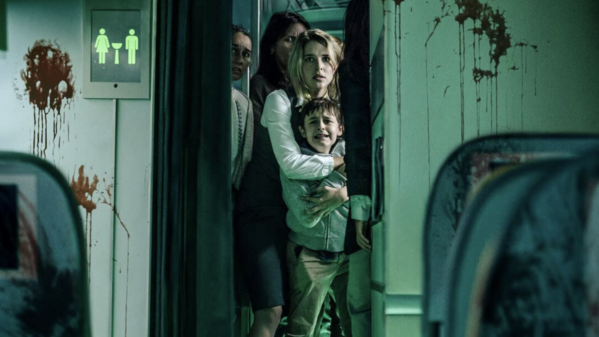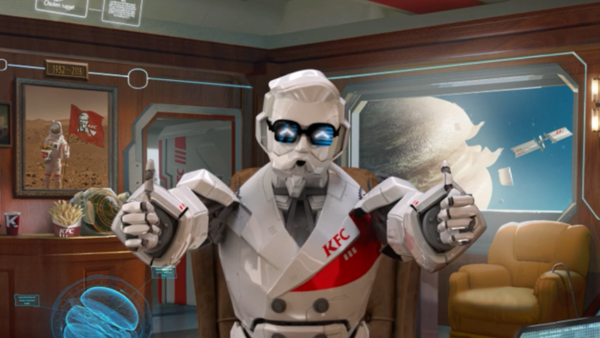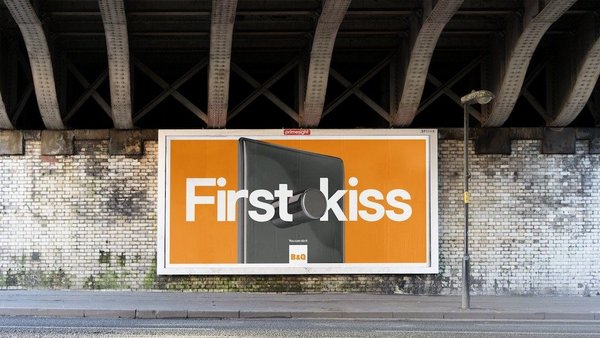Insight & strategy
The strategy behind RC Cola’s surreal ‘Basta’ ads in the Philippines /
When a sugar tax ruined RC Cola's price strategy, the brand turned to comedic absurdism to appeal to Gen Z, increasing sales 67%
Contagious I/O
/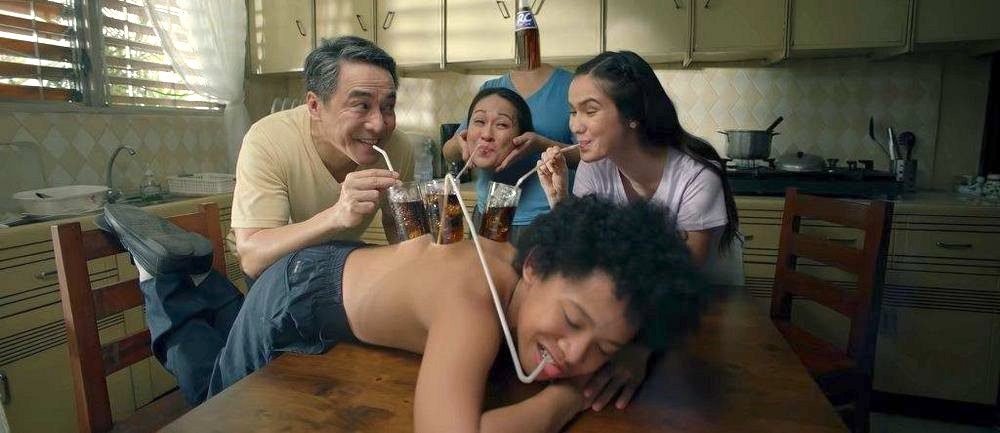
In late November 2020, soft drinks manufacturer RC Cola released a bizarre film that immediately took off and penetrated pop culture in the Philippines.
Working with agency Gigil, Taguig, the creative was titled Nyahahakbkxjbcjhishdishlsab@!!!! Basta RC Cola! and featured a boy returning home and confronting his mother about being adopted – which he was being bullied for at school.

With tears streaming down his face, the son removes his backpack to reveal four drinking glasses growing from his back. The mother sobs, ‘We’ve kept this secret from you for so long,’ before removing her own head to confess that she’s a giant bottle of RC Cola. The ad ends with the mother pouring cola from her neck into the glasses and the whole family drinking from the boy’s back with straws.
To get to the bottom of the strategy behind this unusual RC Cola ad, Contagious spoke to Gigil’s managing partner Jake Yrastorza and founding partner Badong Abesamis. They said that:
- With RC Cola unable to compete on price in the Filipino market due to the sugar tax, the brand worked with Gigil to find an untapped area of distinctiveness that would engage a Gen Z audience – landing on humour and absurdity
- The cultural insight that shaped the campaign was based on the word ‘Basta’, which means ‘Whatever, I like it because I like it’ and reflects Gen Z’s laissez-faire attitude toward mundane decisions – Basta is now the central brand platform that differentiates RC Cola in the category
- Due to budget constraints, the brand had a very basic media strategy. However, the power of the creative proved to be a catalyst for organic sharing, with the film being watched 1.6 million times within the first six hours
- RC Cola and Gigil believe that it’s more expensive to be safe than daring, with larger media budgets needed to compensate for mediocre ideas. They recommend that agencies focus on making the work entertaining: reward the viewer, and they will reward you back with sales
Give an overview of the RC Cola brand.
Jake Yrastorza: Up until recently, RC Cola stayed competitive in the Filipino market by being the cheapest option available: 41% of consumers told us that they bought the product because it was less expensive than Coke and Pepsi. But in January 2018, the Philippine government introduced a sugar tax that caused the cost of sodas to rise by 41%. This eroded the price parity RC Cola had against Coca-Cola and sales plummeted 7%, while the whole soda category shrunk by 9.5%.
Badong Abesamis, Gigil
Who are RC Cola’s key competitors?
Yrastorza: Our competition is quite large because we are fighting for share of [voice] within the drinks category. Narrowing this down to just cola, Coca-Cola is the leader by several miles, then you’d have Pepsi, and much, much further down you’d have RC Cola as a third player with 10% market share. Creatively, Coca-Cola primarily plays in the music space, with its Coke Studio Philippines TV programme featuring live performances by Filipino artists. Meanwhile, Pepsi focuses on taste, with its taste challenge campaign comparing its superior taste to Coke.
Badong Abesamis: Before working with Gigil, RC Cola’s creative was made in-house and mostly consisted of music videos of celebrities endorsing the brand – your typical adland wallpaper that’s pervasive in the carbonated soft drinks category. Despite its considerable investment in OOH and TV media channels, the work wasn’t making a dent in improving sales or market share for the brand, this work simply didn’t stand for anything distinctive in the minds of consumers.
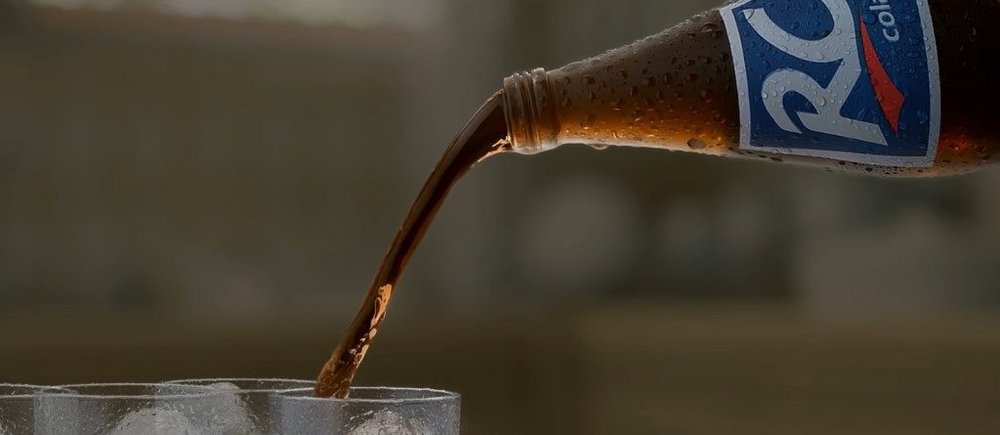
Who is the target audience of RC Cola?
Yrastorza: Previously RC Cola were more broad and scattered in its targeting, talking to whole families and the people within them. There was something for dad, there was something for mom, and there was something for big brother and little sister. We guided RC Cola and advised them on focusing on one specific demographic and psychographic – which was millennials and Gen Z members of the family.
Badong Abesamis, Gigil
Did Gigil receive a brief for this campaign? What challenges were set out by the brand?
Yrastorza: RC Cola told us that it needed something bigger, fizzier and more impactful to reverse the decline in sales caused by the sugar tax. The creative that the brand had churned out over the last several years wasn’t working, RC Cola needed something new and distinct from its main competitors. RC Cola couldn’t compete within taste (Pepsi) or music (Coke) because each brand was very successful in those creative territories. We arrived at a space that nobody had tapped into yet – humour and absurdity.
Abesamis: The brief also evolved into us navigating the pandemic too. Nobody was going outside, there were no celebrations, family parties or get-togethers with friends – we had no consumptions occasions to focus on. How do you reverse the decline in sales for a product that’s not being drunk unless it’s during a time of celebration? And if people are consuming cola regularly, they are choosing the market leader Coca-Cola. It was a really tough business challenge and it’s fortunate RC Cola were brave enough to attempt something different.
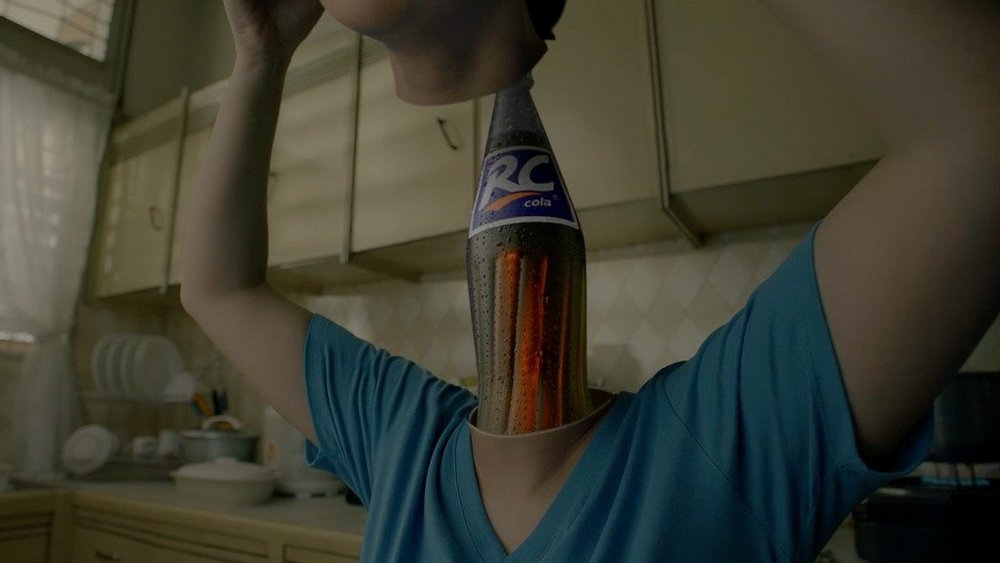
Badong Abesamis, Gigil
Were there any cultural insights that helped connect with this Gen Z audience?
Yrastorza: A lot of the people in our agency belong to the Gen Z or millennial audience, when we asked around, we observed that this cohort were pretty opinionated about things going on in the world. Whether that’s racism, climate change or saving the whales, they’re very passionate about those things. But for relatively mundane matters like their choice of cola, what to have for dinner tonight or which song they should listen to, they really don’t want to over-explain or over-rationalise those decisions. This unlocked a very powerful insight that resonated with our target audience and we started to explore it further.
Abesamis: We have a word in Filipino, ‘Basta’, which is from Spanish origins and essentially means ‘Whatever, I like it because I like it’. This really helped capture the mentality of a Gen Z audience because they do stuff for no reason: they’ll buy a soda because they like the taste, we didn’t need to rationalise it like Pepsi does. This word Basta was the key in developing a new brand platform for us to execute on. There are so many set-ups that could end on the line ‘whatever’, with it working no matter the situation and how absurd it got.
Badong Abesamis, Gigil
How did RC Cola land on this bizarre creative execution?
Abesamis: The ad was designed to play on the tropes of soap operas here in the Philippines. As we were a Spanish colony, telenovelas are very popular here and there is always an adoption subplot. We thought that there was something rich to subvert here, to make people believe they were watching a soap opera which then unravels into something else entirely. So in our ad the son discovers he’s not related as his parents because of the glasses on his back, which then the mom confirms by revealing she herself has a RC Cola bottle for a head.

Why is humour the best creative territory for reaching a younger audience?
Abesamis: Wild, irrational and emotional work is what makes the hearts of Gen Z consumers’ beat. The road to reaching the Gen Z demographic is through humour, it was surprising in a sense that nobody had claimed it in the soda category yet in the Philippines. We had the chance to own it for RC Cola and we seized it. This didn’t have to make sense, because our creative platform is ‘whatever’. We have elbow room to become provocative, different and maybe even controversial in engaging Gen Z consumers with the brand. We’re allowed to be a bit crazy because that is, in essence, equity building for the brand, becoming the cool drink of Gen Z.
Jake Yrastorza, Gigil
There has already been a follow-up to the adoption Basta ad, how connected is this to the original?
Abesamis: We call the first film ‘Family’ and the second one ‘Band’. In this latter execution we have a group of friends playing instruments and singing, with the end reveal being that the musicians can produce ice cubes from their eyes, while the lead singer has an RC Cola bottle inside her arm. In the Philippines we’re beginning to say that there’s an RC Cola cinematic universe. Maybe eventually all these people can come together for their own reunion special, just like with Friends.
Why did the brand opt for a purely digital launch and which social channels were included in the media plan?
Yrastorza: The media plan was pretty simple because RC Cola didn’t have much budget to play with. Usually it’s a combination of an idea and a media strategy that carry a campaign to success, but media didn’t play a big role in this particular campaign – with the idea being what really travelled.
Abesamis: On Facebook we collaborated with a meme aggregator account called FTTM [Filipino Tweets That Matter], posting the ad onto its page to help boost awareness of the campaign. We also purchased YouTube pre-roll ad to increase views and then on Twitter we promoted the original tweet of the ad to encourage engagement and sharing.
Yrastorza: This then organically spilled over into TikTok, with KOLs creating make-up tutorials, people also made memes of the advert and one fan even created an Instagram filter which transforms your head into a bottle of RC Cola. It had a massive impact on short-term pop culture during Q4 of 2020 here in the Philippines.
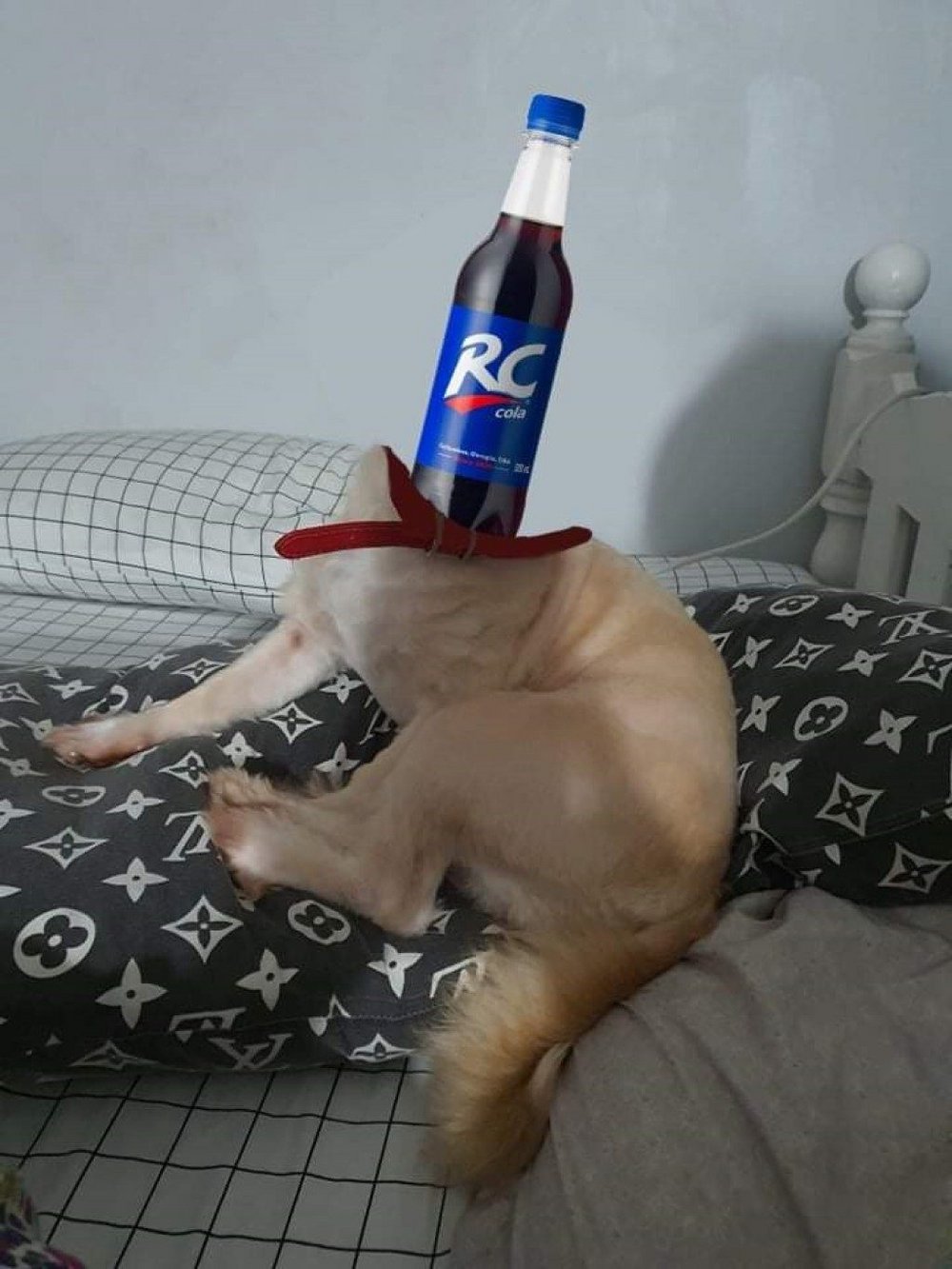
Jake Yrastorza, Gigil
Was there a specific catalyst that caused the ad to go viral?
Yrastorza: What happened was a couple of people saw it online and started sharing it, that was it. Prior to this ad, the RC Cola social accounts didn’t have much following and its creative wasn’t watched or shared by many people. But this ad really resonated with people, achieving 1.6 million views in just six hours and being the number one trending topic of Twitter for two days [both films now have over 7 million views on YouTube]. It was also featured on The Ellen DeGeneres Show, tweeted by rock star CMO Fernando Machado and covered by a lot of local and international press. But the big one was the campaign delivering a 67% increase in sales for our client.
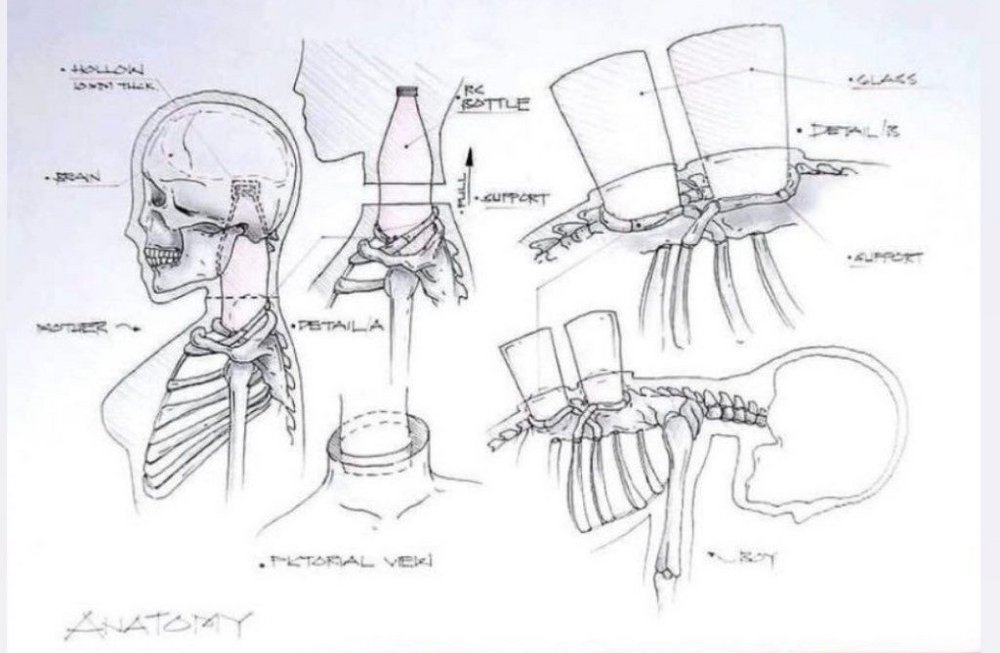
How is the brand sure that this sales increase is attributed solely to this work?
Yrastorza: The two films were the only thing that changed from the marketing mix. We really didn’t do anything else. We would have liked to have done more but we were restricted by the media budget. There were also no promotions during this time that influenced the sales either – that 67% increase in sales was just down to the advertising.
Badong Abesamis, Gigil
To what extent is this campaign a change from the norms of advertising in the Philippines?
Yrastorza: On the one hand, this was a major shift because this type of work isn’t something that you’d normally see on a daily basis in the Philippines. But on the other, people in the Philippines are more and more exposed to what’s happening in other Western markets. Absorbing this type of creative through the greater access online to digital channels. In a way this was new, in another, Filipino people were ready for a campaign like this to drop.
Since this campaign launched, our agency now often receives calls and emails from clients who previously told us that work like this was ‘too crazy’ or ‘too absurd’ to work, but are now telling us they want something as crazy as the RC Cola ad.
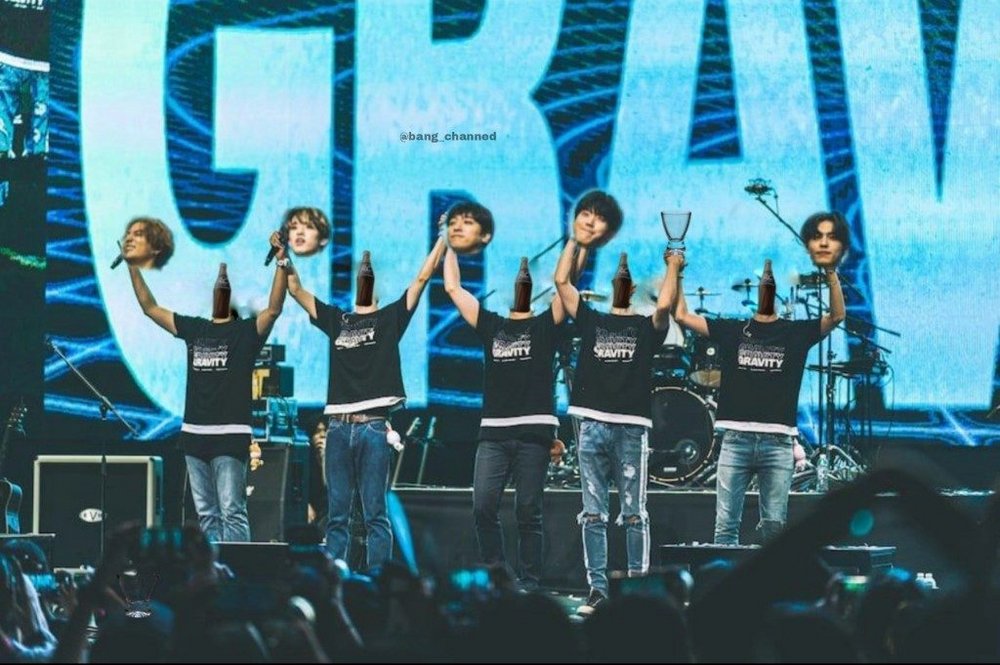
Jake Yrastorza, Gigil
How does this campaign fit with the long-term brand building of RC Cola?
Abesamis: When we first started working for RC Cola, the brand didn’t stand for anything in the minds of consumers. But now, we want Basta to be the brand of RC Cola. In doing so, RC Cola embodies the Gen Z consumers that the brand wants to reach.
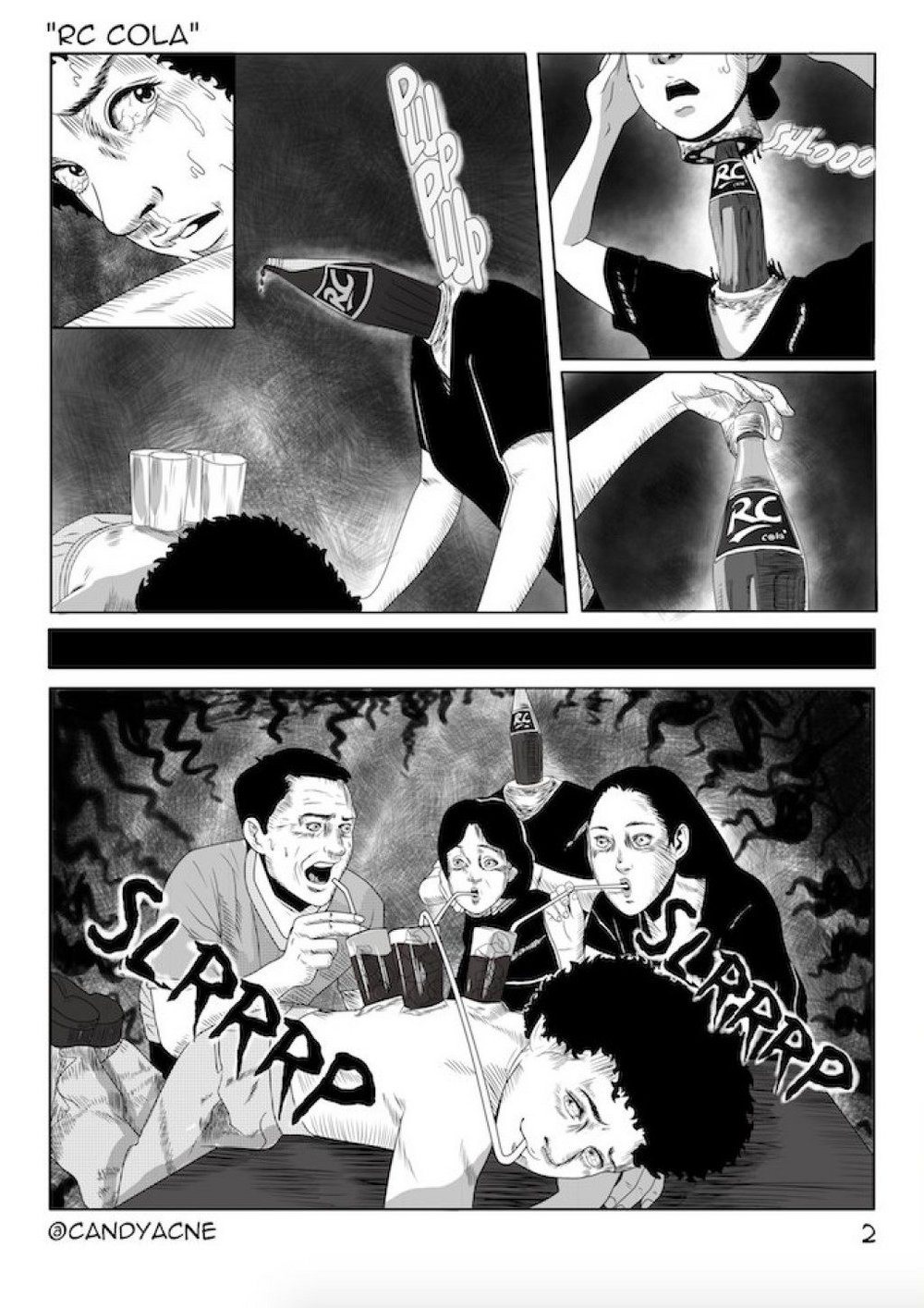
What piece of advice would you give to another marketer thinking of creating a similar absurdist ad campaign?
Yrastorza: I always say that it is more expensive to be safe than it is to be brave. Because when you play things safe, your ideas are not going to travel as far and you’ll need to invest more media spend. This whole case study proves that if you’ve got a powerful idea, it will take you to new places both literally and figuratively.
Abesamis: I hope this work encourages other brands to focus on entertaining. If you simply splat a generic ad online and expect it to gain traction, there’s no way that it will. Because it’s not built to be entertaining, it’s built to be a commercial. If you reward the viewer, they will reward you too and hopefully buy from your brand.
Want more of the same? /
We don’t just write about best-in-class campaigns, interviews and trends. Our Members also receive access to briefings, online training, webinars, live events and much more.


